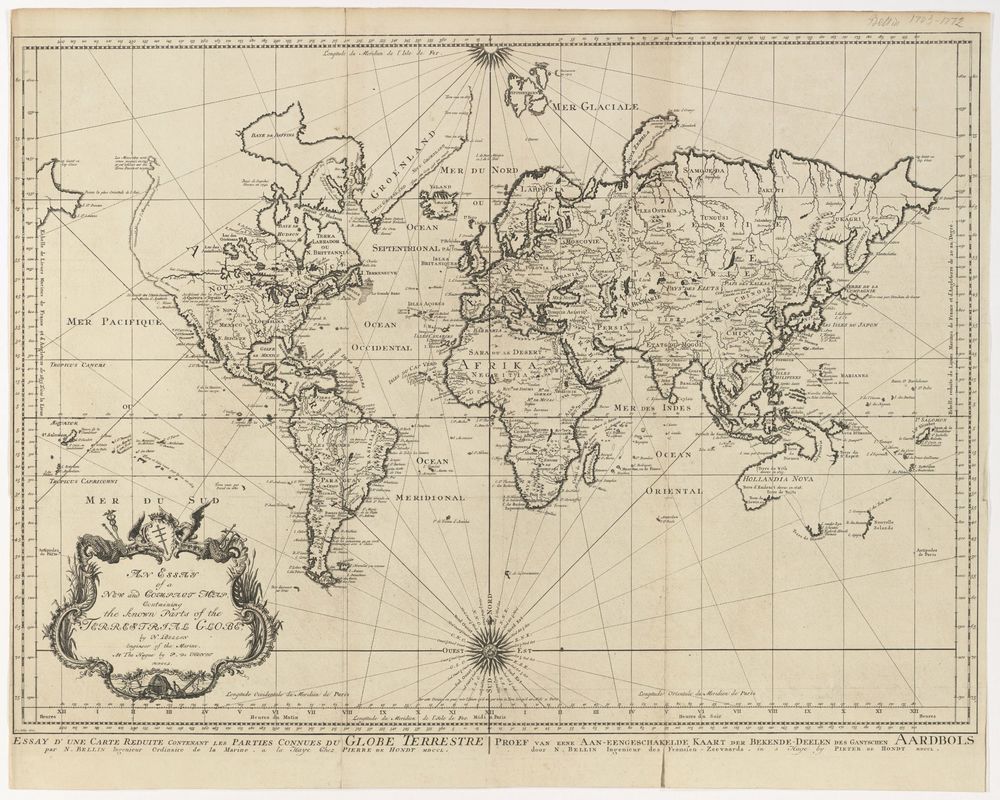The World in 1750As we begin our study of the modern world, we begin at 1750. In this unit we will briefly overview the state of the world in 1750 and examine how those conditions made the ideas of the Enlightenment particularly attractive to those who yearned for freedom from oppressive regimes.
How were most societies and governments organized in 1750?
Social Organization |
|
The Old Regime in France from Wikipedia. (Yes, Wikipedia. Use it as a guide, not as a source.)
Castas System in Latin America from the Native Heritage Project Caste System in India from the BBC Confucianism in China from the Asia Society Center for Global Education Political OrganizationHere's a great video that discusses Chinese political history, including the Mandate of Heaven. (Crash Course World History)
Divine Right of Kings from Britannica.com |
WHAT WERE THE IDEAS OF ENLIGHTENMENT THINKERS, AND HOW DID THESE IDEAS REPRESENT A BREAK FROM THE PAST?Natural RightsJohn Locke's Political Philosophy from Stanford Encyclopedia of Philosophy
The SOcial Contract |
Economic OrganizationColonialism from the Stanford Encyclopedia of Philosophy
The Triangular Trade from the Abolition Project |
Article on Social Contract Theory from the Internet Encyclopedia of Philosophy (hosted by the University of Tennessee, Martin)
|

